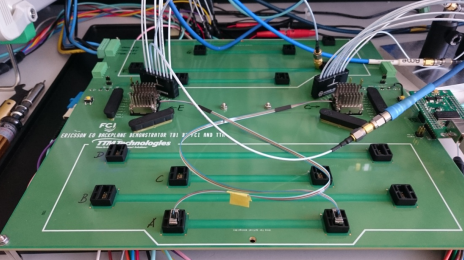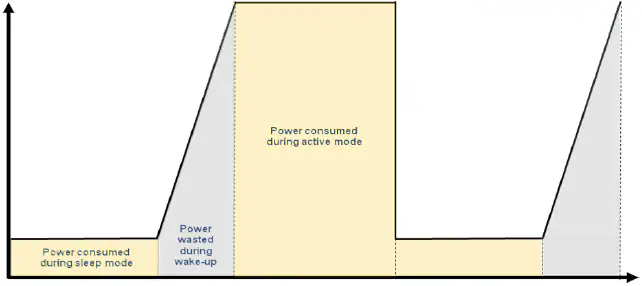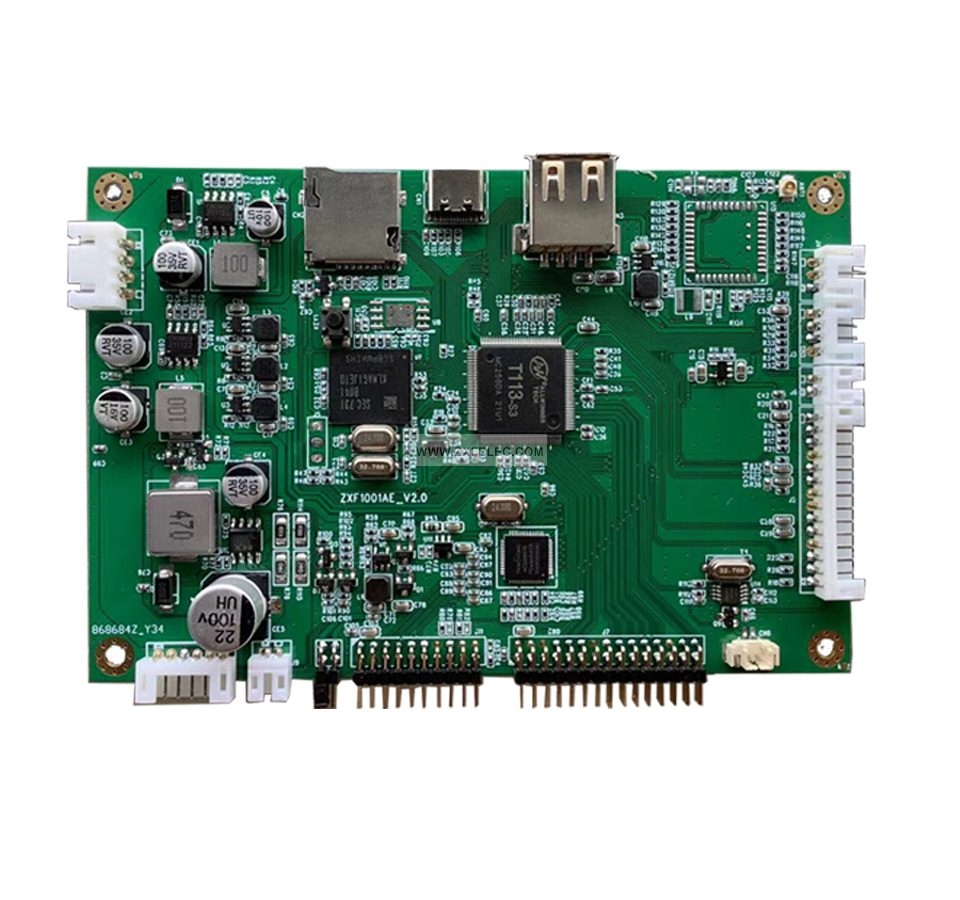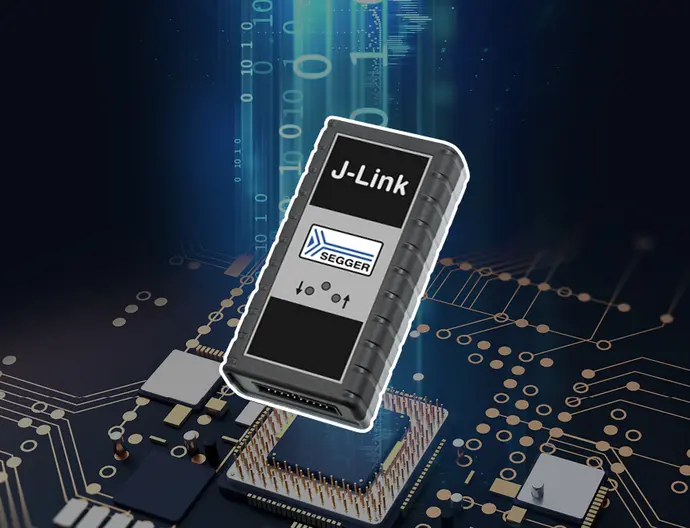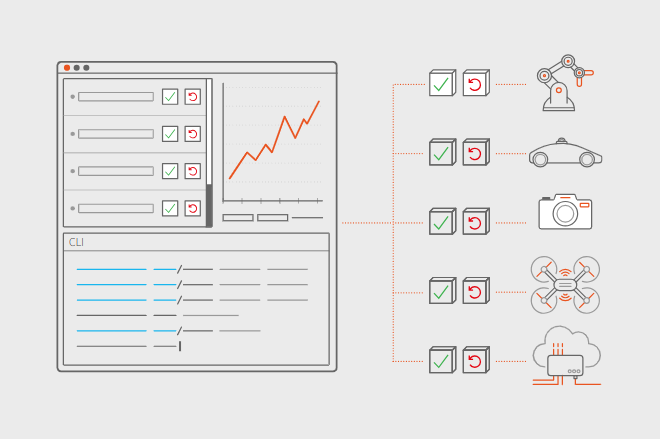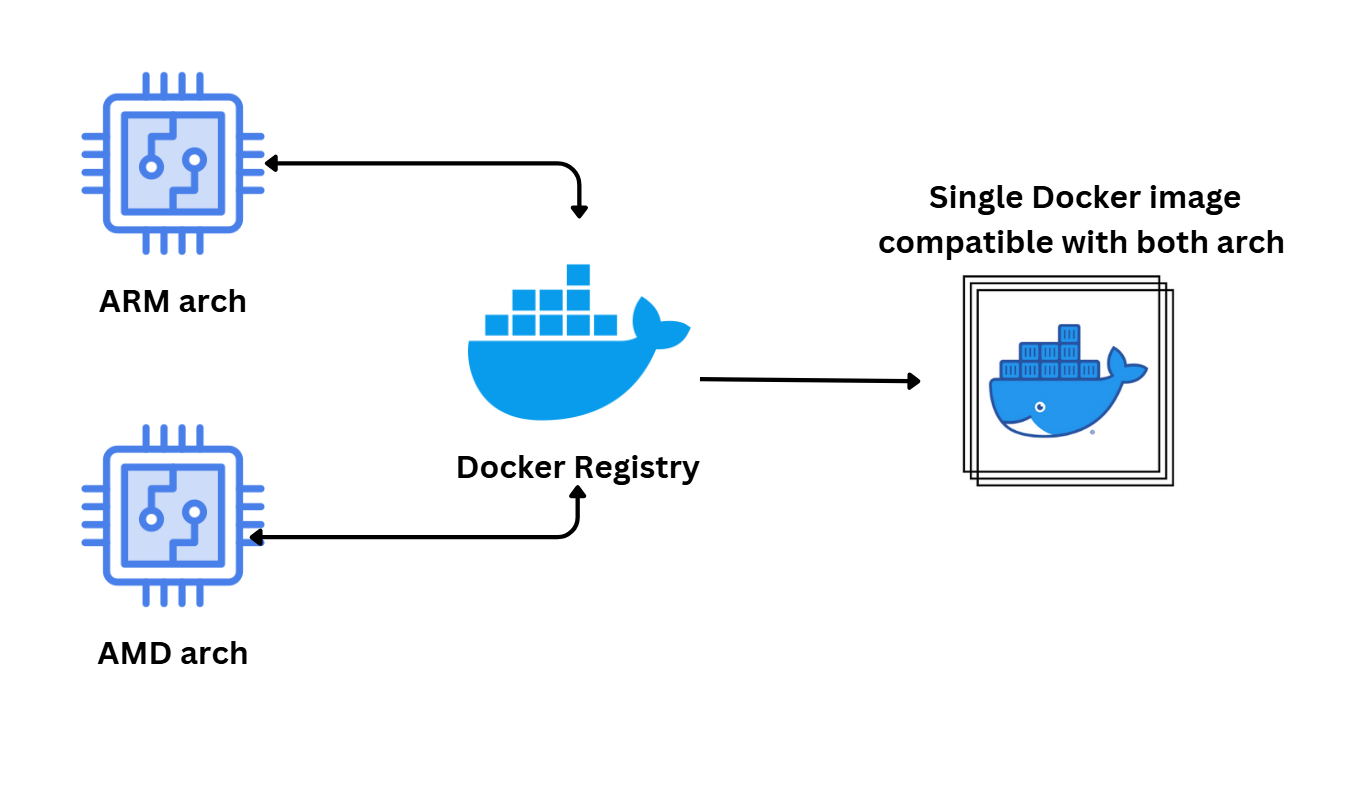Overview
In modern technology, embedded system interfaces are core channels for information exchange and play a crucial role. Various interfaces use predefined communication protocols and standards to enable precise data transfer and intelligent control between devices.
As a technical foundation of embedded development, knowledge of interfaces directly affects the effectiveness of implementing embedded projects. This article uses the GPIO interface as an entry point to analyze its operating principles and technical characteristics, and to help learners build a systematic understanding of embedded interfaces.
Basic Concepts
GPIO stands for General Purpose Input/Output. It is a general-purpose digital input/output port that allows a device to exchange logic-level signals with external hardware. GPIOs can be configured as inputs to receive external signals or as outputs to control external devices such as LEDs, buzzers, buttons, or relays.
Operating Modes
The primary function of GPIOs is to sample external device information or control their operation, covering both input and output roles. In embedded systems, the role of a GPIO pin can be configured in software to meet specific application requirements. By reading and writing the appropriate registers, the logic state of a GPIO can be controlled to enable precise control and status monitoring of peripheral devices.
Although GPIOs are generic, different pins on a given embedded platform or microcontroller may have different characteristics and limitations. Consult the relevant chip datasheet or technical documentation to understand each GPIO pin's functions, electrical characteristics, and availability.
GPIO pins can be configured as input or output. The main operating modes are implemented by circuit topology. Common modes include floating input, open-drain output, and push-pull output. The GPIO pin roles can be configured in up to eight modes, as shown below:
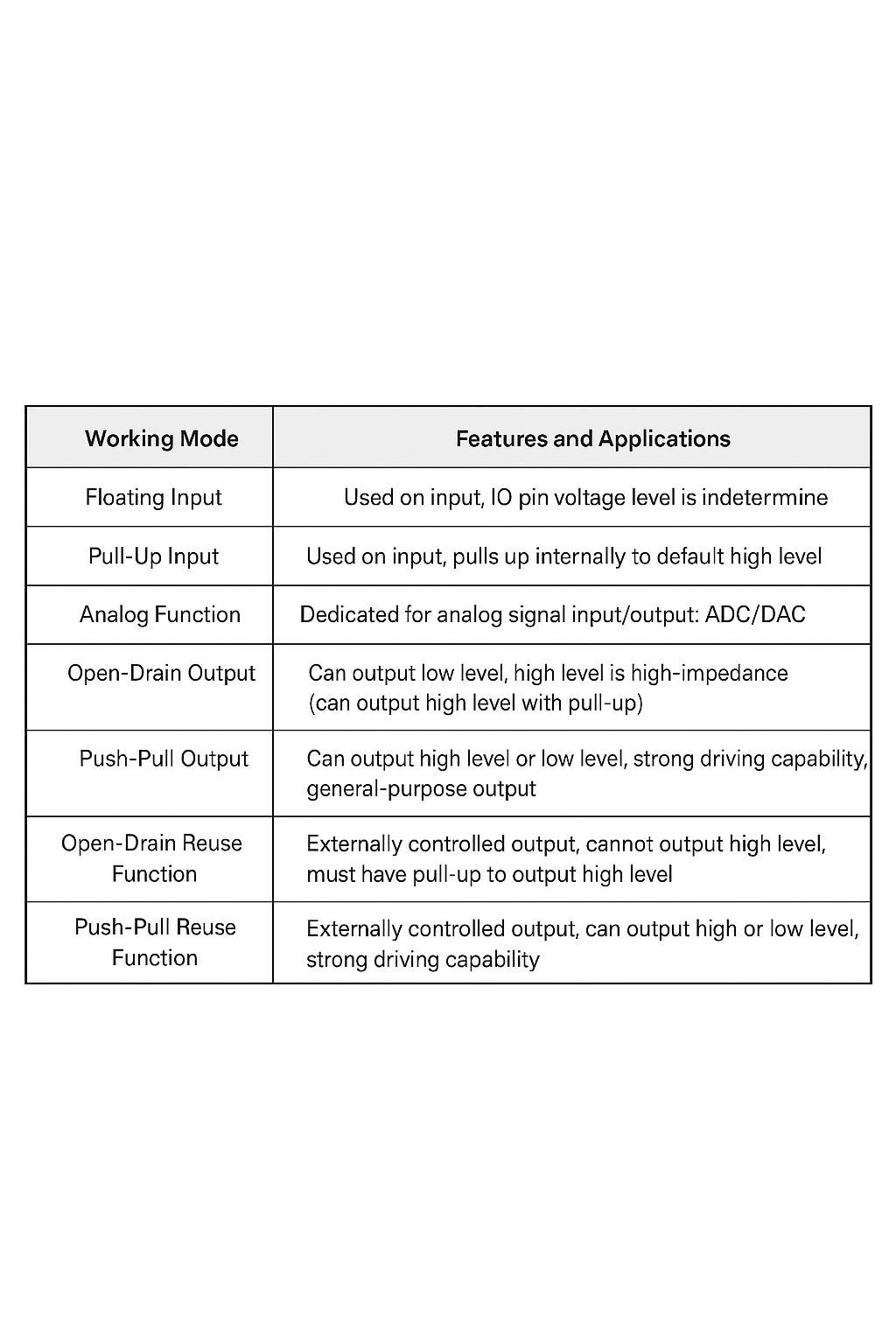
Different GPIO operating modes are realized through circuit elements. The most commonly used modes are floating input, open-drain output, and push-pull output.
Floating Input
Floating input is characterized by an undefined IO state when idle, determined by the external environment. In floating input mode, internal pull-up and pull-down resistors are typically disabled, the Schmitt trigger is enabled, MOSFETs are off, and the input is high impedance.
Open-Drain Output
Open-drain output cannot drive a high level by itself; an external or internal pull-up resistor is required to achieve a high output. In open-drain mode, internal pull-up and pull-down resistors are usually disabled, the Schmitt trigger is enabled, the PMOS is off, and the NMOS can be controlled via registers to switch on or off.
Push-Pull Output
Push-pull output can drive both high and low levels and has strong drive capability. In push-pull mode, internal pull-up and pull-down resistors are normally disabled, the Schmitt trigger is enabled, and NMOS and PMOS transistors are controlled by internal registers to switch on or off.
Applications
GPIO is a flexible, software-controlled digital signal. Its function is adapted to different scenarios, including but not limited to:
1) Controlling and Driving External Devices
The most common use is to control and drive external devices such as LEDs, relays, motors, and buzzers. By configuring a GPIO as an output and setting the logic level, the state of these devices can be switched or modulated.
2) Sensor Data Acquisition
GPIOs are often used to connect various sensors, such as temperature sensors, humidity sensors, and light sensors. These sensors may output digital or analog signals; by configuring GPIOs as inputs and reading their state, real-time environmental data acquisition and monitoring can be achieved.
3) Button and Switch Inputs
GPIOs are commonly used to detect the state of buttons and switches in embedded systems. By configuring GPIOs as inputs and enabling interrupts or polling the input state, the system can respond to button events for functions such as toggling power or navigating menus.
This concludes the GPIO overview. The content is intended to support readers learning embedded development.
 ALLPCB
ALLPCB



